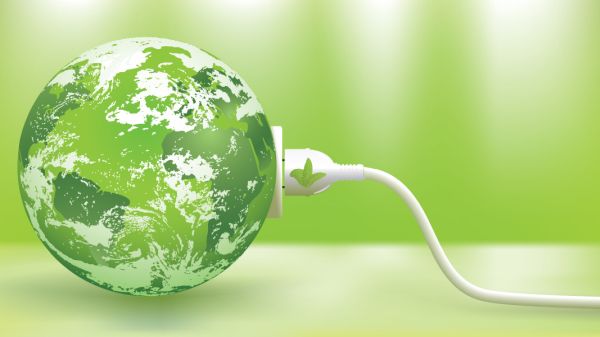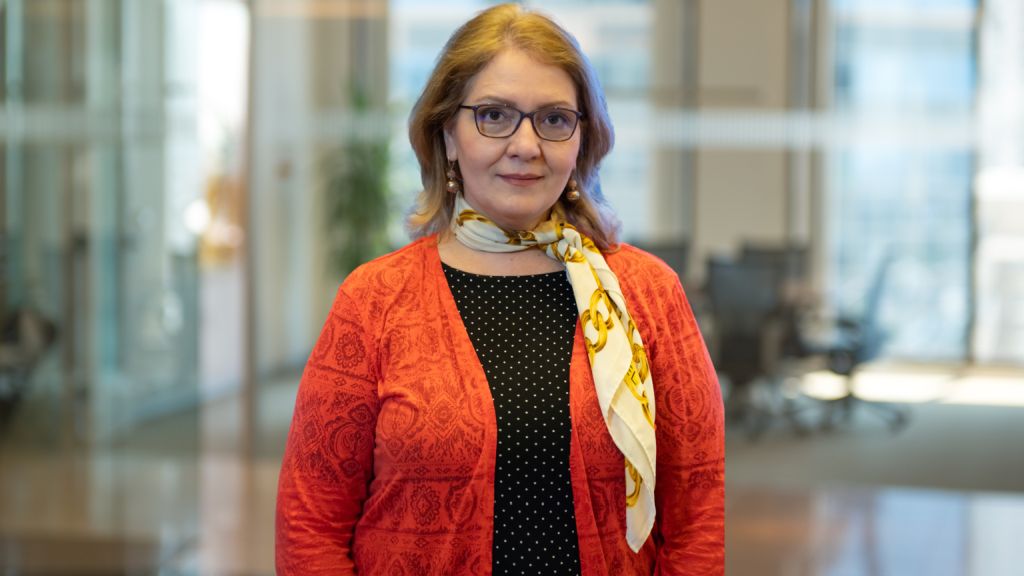The worries regarding the development of the politic environment, the exchange rate, the level of corruption, the narrowing of the growth area due to the diminution of investments and the decrease of the buying power are only a few of the main issues that have a significant negative impact on the business environment.
As far as the energy sector in particular is concerned, as repeatedly stressed, the liberalizing of the energy market, a coherent, long-term development strategy of the sector and the encouraging of public-private partnerships are essential for the attracting of new investments.
One thing is certain: Romania has to fulfill its engagements towards the European Union and the International Monetary Fund in view of creating a free energy market, which will be to the benefit of both customers and operators.
Investment targets
Since coming to the Romanian market, in 2005, the E.ON Group from Romania has invested a to-tal of approx. RON 2 billion.
These investments targeted in particular the rehabilitation of the natural gas and electricity distribu-tion networks operated in the 20 counties in the northern and north-eastern part of the country, but also the extension of the grids in the areas with no coverage.
During the seven years on the Romanian market, the companies of the E.ON group rehabilitated and modernized over 4,200 kilometres of gas pipelines and 1,250 km of the electricity distribution system and 78 electricity transformer stations were integrated in SCADA.
The E.ON companies in Romania continued also in the period of crisis with investments and the investments budget for 2012 amounts to about RON 350 million.
For exemple, E.ON Gaz Distributie will develop significant investment projects for the modernizing of the natural gas distribution infrastructure in Cluj Napoca, where, during a period of time of three years, starting with 2012, 160 km of gas grid will be modernized, the total investment being of around RON 90 mn, most of it coming from own resources. The biggest of these is the project of modernizing 81 km of gas grid, which has been assessed at RON 54.8 mn, and which will be carried out in part using money coming from the European Fund of Regional Development (i.e. RON 16.5 mn.).
In Iasi and in the Iasi metropolitan area, 7 regulating and measuring stations will be built, 6 of which being integrated into SCADA, while the natural gas grid will be modernized over a stretch of 1 km and then extended by 4.5 km, by means of a project which is partially financed from the European Fund of Regional Development. The total project value is as high as RON 7.83 mn, of which RON 2.63 mn. come from European funds.
This year, the project company of the future thermo-power plant on hard coal from Braila was reg-istered at the Trade Registry. The project, which is to be carried out based on a partnership between E.ON, ENEL and Termoelectrica, means an investment of around Euro 1.4 bn, one of the biggest in the Romanian energetic area.
The future thermo-power plant will have an estimated capacity of 800 MW and will operate on energetic pitcoal.
Prices volatility
Renewable energy has already proven to be a significant component within the sustainable development process. Using renewable sources does not address only energy generation, but due to its special generation method, it also recreates the development model, by means of decentralisation of the sources. Particularly, wind energy is one of the renewable energies suitable for small-scale projects.
By exploration of the wind potential, the targets assumed by Romania within EU related to the capacities of generation from renewable sources and reduction of the carbon impact on the environment can be reached. Moreover, wind energy generation does not produce any kind of waste.
One should not ignore the fact that a “dynamic industry of green energy” generates beneficial effects on the local development, as well as on the occupation and specialisation of the work force, as the examples of Germany, Spain and the USA show.
Last, but not least, the costs for the generated energy unit is decreasing. Throughout the last years, the cost of the electricity produced in the modern wind mills has substantially decreased, together with the development of the technology maturity. Moreover, starting with 2013, the cost of the electricity produced from fossil fuels will significantly increase due to the cost of the certificates for the gas emissions with greenhouse effect.
One additional positive effect is that the renewable energy changes the so called merit order and reduces the energy needed from the most inefficient power plants thus leading to a positive price effect which partially compensates the costs for the green certificates.





























